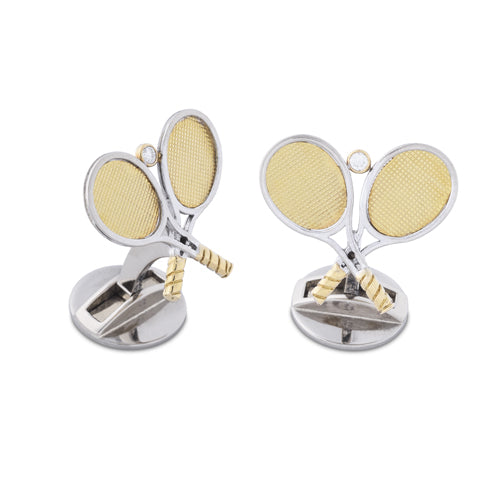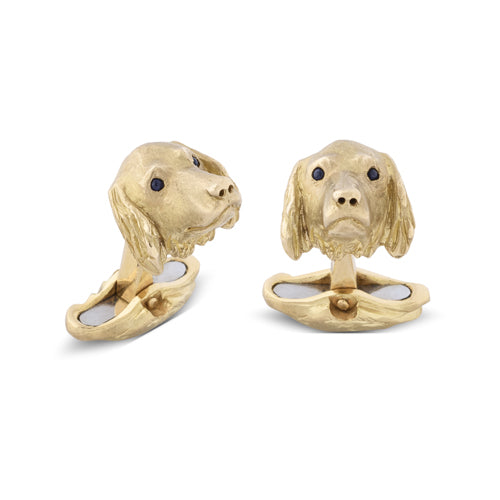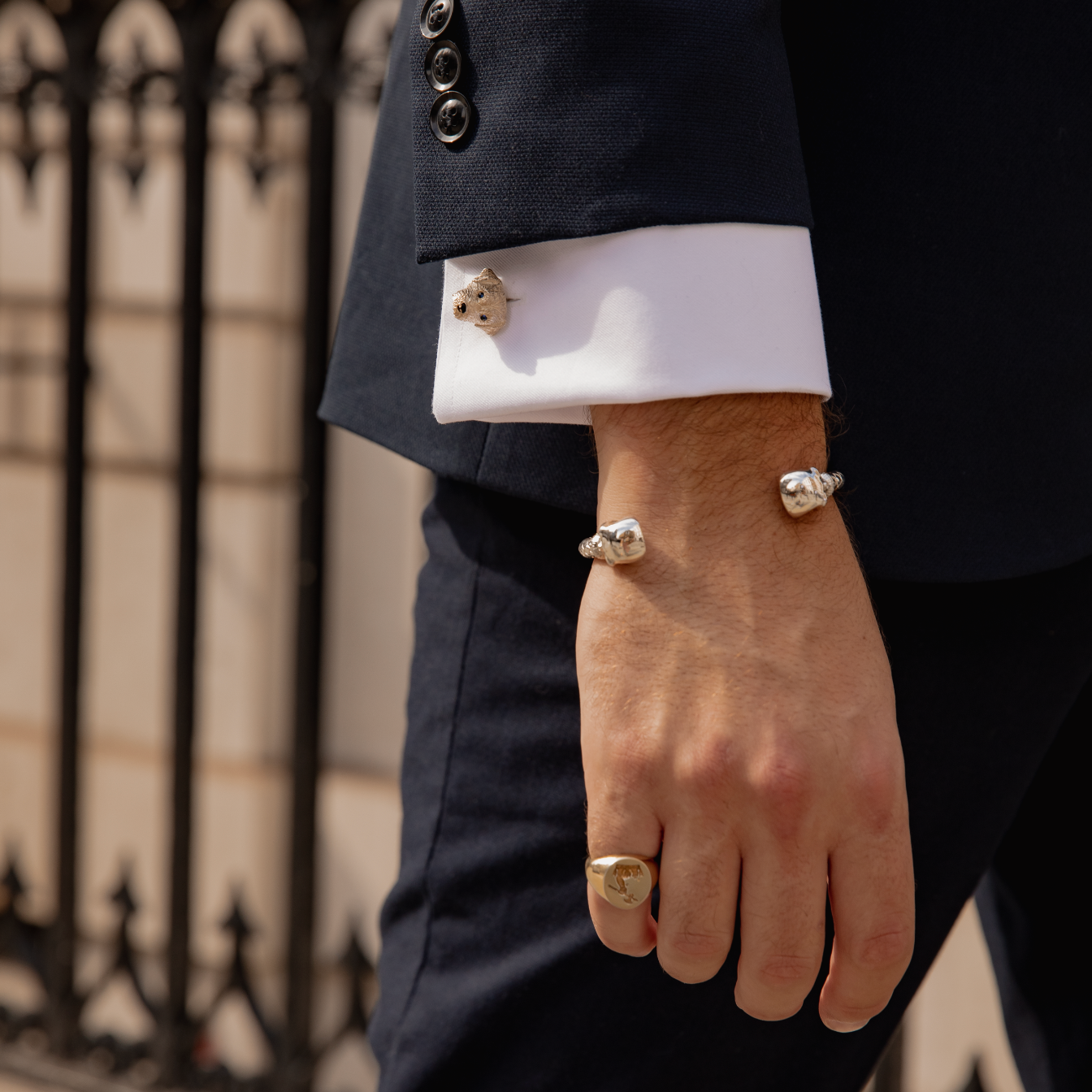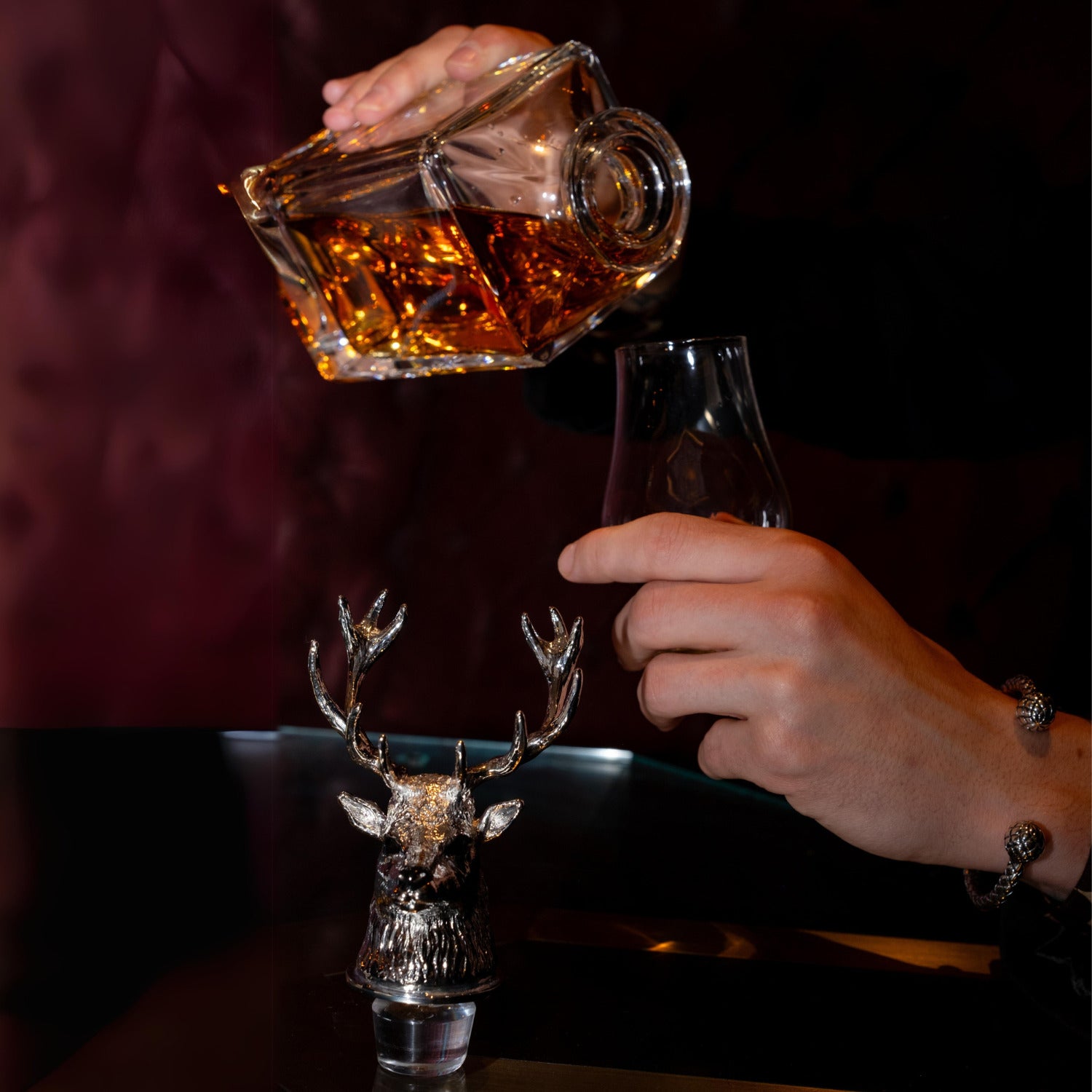At Deakin & Francis, we have been champions of traditional craftsmanship for over 230 years and are proud to be one of the few remaining masters in the art of vitreous enamelling.
A Rich History
Enamelling is one of the oldest forms of surface decoration and has been used by artists to add vivid colour to jewellery since 13th century BC. Throughout history, enamels have been applied on gold, silver, copper and bronze, followed more latterly on iron and steel.
Initially used to create incredibly high-quality jewellery for religious and ceremonial items, Vitreous Enamel refers to the thin layer of glass which is fused at high temperatures onto the surface of a metal to create intricate patterns and designs.
The earliest known enamelled objects can be dated back to 13th century Cyprus during the Mycenæan period. Earlier decoration of metal objects with glass, along with semi-precious stones, have also been found in the tombs of ancient Egypt. The most famous example of this being the famous golden mask of Tutankhamun.
However, these items relied on the process of cementing glass onto mental or mechanically fixing it by clasps. It was not until craftsmen in Cyprus started fusing glass onto metal that the art of vitreous enamelling as we know it was born.
Vitreous Enamelling As We Know It
The process of vitreous enamelling involves attaching strips of gold, silver, copper or brass to a metal base to form a network of small raised cells which act as a border that enamel is laid into. The final thickness of the enamel is built up in layers with intermediate firings which helps prevent diffusion of the colours and also creates the mechanical adhesion of the enamel. The end of this process involves grinding the enamel level to a smooth finish and a final polish to bring out the true, vibrant, colours of the piece.

The famous glassy finish of vitreous enamel is made by firing in furnaces at temperatures of up to 900°C. As it cools, it fuses together to create glass-coated metal giving vitreous enamel its unique combination of properties. The smooth surface that is created during this process is scratch, chemical and fire resistant, making it incredibly durable and allows for the patterns to be preserved for many years without fading.

By the 15th century, the skills of enamellers were growing in complexity and the enamel work of these early eras are now regarded as some of the finest work to date, with names such as Fabergé and Battersea now synonymous with the unique craft and appeal of vitreous enamel. Fabergé, made famous by their House of Fabergé eggs, created extravagant showcases of traditional decorative techniques which included gem-setting, hand-turned guilloché and high-fire enamel which have since become world-renowned for their intricate detailing and beauty.

Keeping Tradition Alive
We are extremely proud that in 2019, Deakin & Francis are still practising the rare art of vitreous enamelling, with our in house enamellers using these traditional skills alongside innovative new techniques to create charming pieces of jewellery for our customers.

If you’re interested in owning your own unique piece of vitreous enamel jewellery, here are some of our key pieces to own this season:
18ct Yellow Gold Round Cufflinks with Orange Enamel & Diamond Centre

With a striking, hand-enamelled rich orange centre, this delicate pair of round cufflinks are perfectly complemented with a sparkling diamond centre and intricate 18ct Gold beaded edge.
Hand-crafted and designed to perfection, these cufflinks will be the centre of attention at any dinner party or black-tie attire.
Sterling Silver Royal Blue & Clear Enamel Cufflinks

These Sterling Silver oval cufflinks have been attractively hand-enamelled in royal blue and clear enamel for a striking finish. The perfect classic cufflink that will never go out of style.
Sterling Silver Summer Haze Enamel Cufflinks in Burnt Orange

Beautifully hand-enamelled in an intense burnt orange, the organic and natural lines allow the vitreous enamel to show off its density, texture, tone and brightness. And, just like a real summers sky, as the light changes on these cufflinks you will see different tones shimmer and shine. This is just one pair from our collection Summer Haze, inspired by the palette of a quintessentially British summer.








